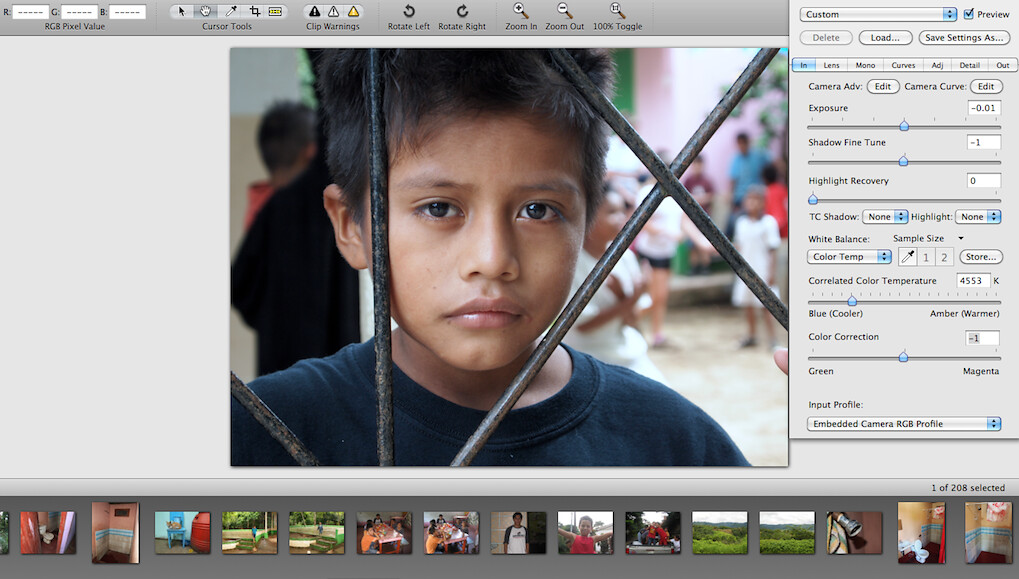
In this article, I will often use RAW Power as an example, though other Photos extensions work similarly.

Now I’m on my own, developing a Photos extension called RAW Power that uses the same RAW engine underlying Photos and Aperture. To give you some background, I was the lead developer for Aperture, and I later led the team that developed the editing engine for the Mac version of Photos. Then I’ll go into detail about how non-destructive editing in Photos works with RAW image files, Photos extensions, and more. To shed light on the situation, I’ll first explain how non-destructive editing works in photo applications in general, using Photos as an example. That said, non-destructive editing brings with it some confusion, particularly for those working with RAW images or using Photos extensions to do the editing. One of the near-magical features of Photos, and iPhoto before it, is the way it allows you to edit a photo with the assurance that those edits are non-destructive-you can always revert to the original version.
#IRIDIENT DEVELOPER SCREEN SHOTS PORTABLE#
Preview selections, portable power for a MacBook Pro #1618: M2 MacBook Air available to order, Lockdown Mode, Live Text vs.



 0 kommentar(er)
0 kommentar(er)
